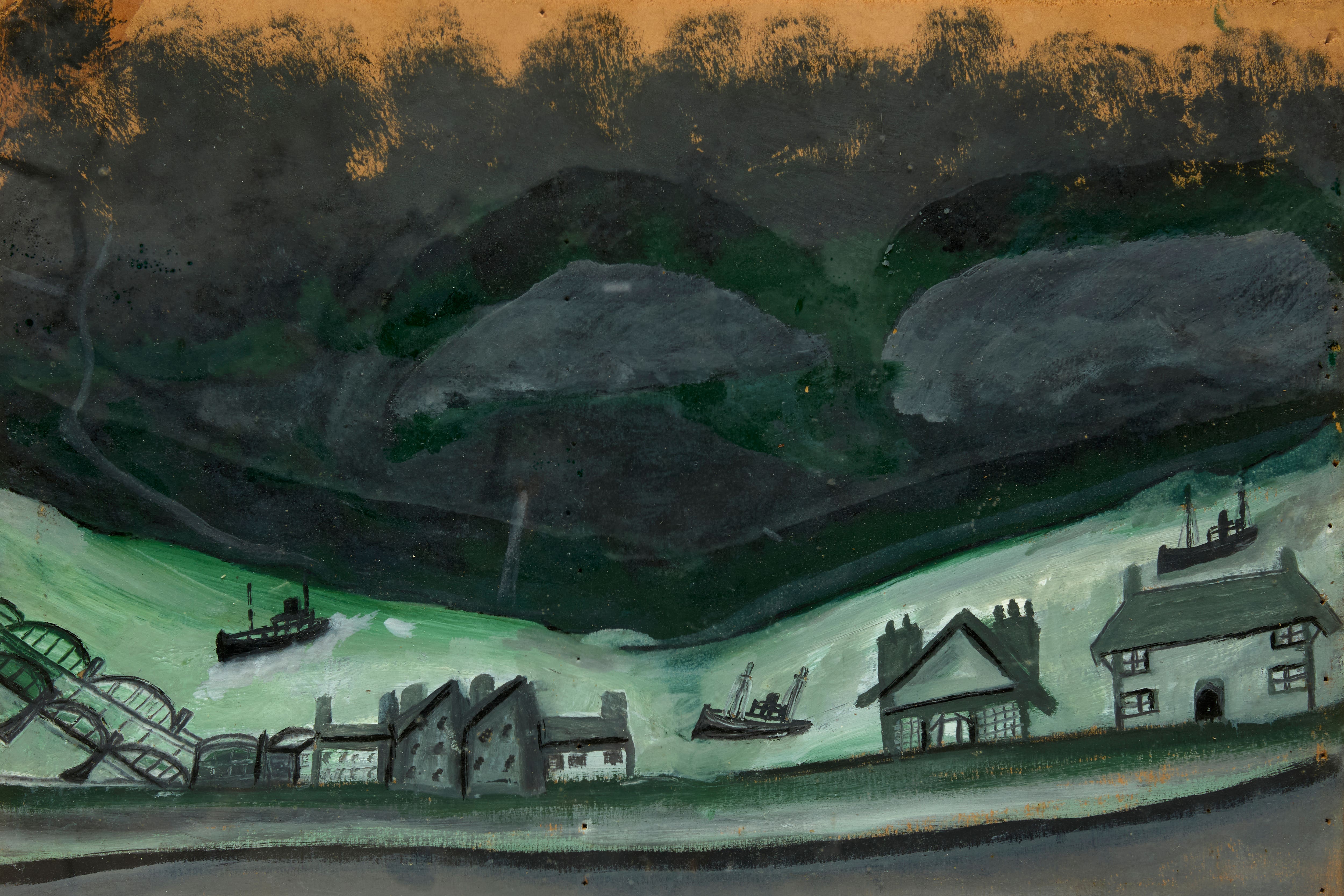Memory-Inspired Art Prompts for Photographers: A Creative Journey
The art of capturing memories is intrinsic to the world of photography, where each image tells a unique story. For professional photographers, taking inspiration from memories not only adds depth to their work but also creates a personal connection with their audience. In this article, we delve into the realm of memory-inspired art prompts and explore how they can ignite creativity and elevate your photographic journey.

Why Memory-Inspired Art Prompts Matter
Photographers often seek new ways to breathe life into their images. By drawing inspiration from personal memories, photographers can create art that resonates on a deeper level. Memories are a rich source of emotion, and when translated into visual art, they can evoke powerful responses from viewers. Incorporating memory-inspired art prompts into your work not only enhances the storytelling aspect but also makes your art more relatable and engaging.
Consider the impact of integrating personal history into your photography. By utilizing techniques that focus on memory, photographers can capture moments that transcend time. This approach not only enriches the visual narrative but also allows photographers to explore new dimensions of creativity. To learn more about incorporating personal history into art, check out this insightful article on personal history in art.
How to Use Memory-Inspired Art Prompts
Embracing memory-inspired art prompts involves a process of reflection, introspection, and creativity. Here are some practical steps to guide you through this journey:
1. Reflect on Personal Experiences
Begin by revisiting personal memories that hold significant emotional weight. These experiences could be from your childhood, travel adventures, or even fleeting moments that left a lasting impression. Reflecting on these memories allows you to connect with the emotions associated with them, which can be translated into your photography.
For photographers who love to document their travel experiences, exploring documenting trips through art can offer valuable insights into capturing the essence of your journeys.
2. Translate Memories into Visual Themes
Once you've identified meaningful memories, think about how you can translate them into visual themes. Consider the colors, textures, and moods that best represent the emotions tied to your memories. Experiment with different styles and techniques to bring these themes to life through your lens.
To gain inspiration from artists who have mastered the art of memory-based creativity, explore this article on artists inspiring travel illustration journals.
3. Experiment with Memory-Based Techniques
Photography offers a myriad of techniques that can be used to evoke memories. Techniques such as double exposure, motion blur, and selective focus can add a dreamlike quality to your images, enhancing the connection between memory and art. Experimenting with these techniques allows for a unique expression of personal experiences.
For a deeper dive into memory-based techniques, read about memory art techniques that can transform your photography.
Incorporating Memory-Inspired Art Prompts into Your Work
As a professional photographer, finding a balance between creativity and technical expertise is crucial. By incorporating memory-inspired art prompts into your work, you can create a portfolio that not only showcases your skills but also tells a compelling story. Here are some tips to seamlessly integrate memory-inspired prompts into your photography:
1. Create a Memory-Inspired Series
Consider developing a series of photographs based on a specific memory or theme. This approach allows you to explore the nuances of a single memory while maintaining a cohesive visual narrative. A series can be a powerful tool for storytelling and can leave a lasting impact on your audience.
2. Collaborate with Other Artists
Collaborating with artists from different disciplines can offer fresh perspectives on memory-inspired art. Engaging with painters, writers, or musicians can lead to cross-disciplinary projects that enrich your creative process. Collaboration not only broadens your artistic horizons but also introduces new techniques and ideas.
3. Share Your Journey
Documenting and sharing your creative journey can inspire others in the photography community. Use social media platforms, blogs, or workshops to showcase your work and the stories behind your images. Sharing your experiences not only builds a connection with your audience but also encourages fellow photographers to explore memory-inspired art.
For more insights on memory-based creativity, explore this article on memory-based drawing exercises.

FAQ Section
Q1: How can I start incorporating memory-inspired art prompts into my photography?
A1: Start by reflecting on personal memories that hold emotional significance. Translate these into visual themes using techniques like double exposure or motion blur to evoke the essence of your memories.
Q2: What are some benefits of using memory-inspired art prompts?
A2: Memory-inspired art prompts add depth to your work, enhance storytelling, and create a personal connection with your audience. They also encourage creativity and offer a unique artistic perspective.
Q3: Can memory-inspired art prompts be used in other art forms?
A3: Absolutely! Memory-inspired art prompts can be adapted to various art forms, including painting, writing, and music. The key is to translate personal experiences into creative expressions.

